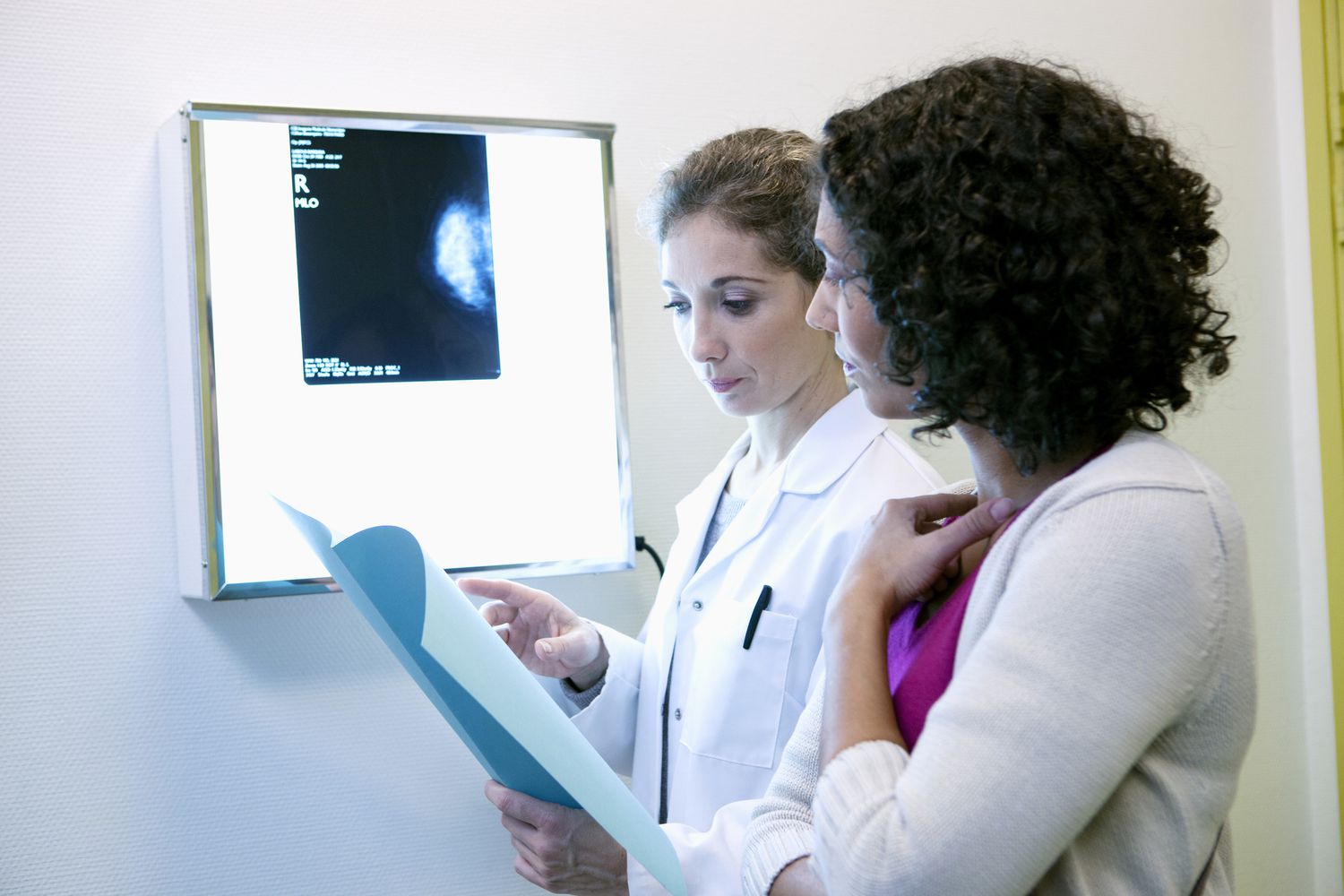Does Benign Breast Disease Elevate the Risk of Developing Breast Cancer?

Some evidence suggests that a history of benign breast disease may increase the risk of breast cancer later in life. A study published in 2022 found that women diagnosed with benign breast disease were twice as likely to develop breast cancer in the next 20 years as those without non-cancerous lumps. This finding has led researchers to suggest more personalized breast cancer screening recommendations.
'This is important,' lead study author Marta Román, PhD, said in a press release. 'It suggests that benign breast disease is a key indicator that a woman has a higher risk of breast cancer, rather than simply being something that could develop into a cancer. In fact, we often find the benign disease in one breast, and then cancer develops in the other breast.'
Researchers maintain that the overall risk is still small despite an elevated risk of breast cancer with benign breast disease. 'A nearly two-fold risk may sound scary, but it is not,' Román told Health.
'Mammograms quite often pick up signs of breast disease that are not cancer, such as cysts and fibroadenomas, and it's important to remember that the majority of women with these conditions will not go on to develop breast cancer,' David Cameron, MD, president of the European Breast Cancer Council, said in a press release.
Benign breast disease is a group of conditions marked by non-cancerous (benign) changes in breast tissue. The list of specific conditions that make up benign breast disease is long. It includes non-cancerous lumps like fibroadenomas and cysts. Fibroadenomas are not filled with fluid, but cysts are.
Most of these conditions don't increase the risk of cancer. Some, such as atypical hyperplasia, are linked with a higher risk of breast cancer. Atypical hyperplasia is an overgrowth of cells that line the lobules and ducts inside the breast.
These benign conditions aren't the largest risk factors for breast cancer. They're 'motivation for everybody to do what they can to lower their risk for breast cancer,' Larry Norton, MD, medical director of the Evelyn H. Lauder Breast Center at Memorial Sloan Kettering Cancer Center, told Health.
The link between benign breast disease and increased cancer risk isn't novel. The 2022 study sought to uncover the long-term risks of breast cancer diagnosis following detection of benign breast disease. The study authors aimed to parse out likely differences in screening frequency among women with benign breast disease.
The researchers analyzed data from more than 778,000 Spanish women aged 50 to 69 who underwent mammography screening at least once during a 20-year period between 1996 and 2015. Those who had benign breast disease were nearly twice as likely to develop breast cancer compared to those who did not. This elevated risk lasted for at least 20 years.
Women with proliferative benign breast disease also had a higher risk than those who did not. This condition causes an increase in the growth of certain breast cells.
Breast cancer risk was found to persist for more than 20 years after a benign breast disease diagnosis. The researchers noted that benign lesions can identify those who have a long-term increased risk. This finding begs the question of whether people with benign breast disease may benefit from close surveillance and personalized screenings.
The 2022 study emphasizes the urgent need for cutting-edge cancer diagnostic and prevention tools. 'One of the more exciting approaches to breast cancer is called risk-adjusted screening,' said Dr. Norton. 'It isn't just a one-size-fits-all mammogram for everybody. Some people need more than just a mammogram.'
People with dense breasts, for example, may be more likely to have their breast cancer missed on a mammogram. Dense breasts have a relatively high amount of glandular and fibrous tissue and less fatty breast tissue. This can make mammograms more difficult to interpret.
'People with dense breasts should get both a mammogram and a sonogram and have a consultation with a radiologist who specializes in breast cancer,' said Dr. Norton. 'Some women might need MRIs or a new technique called contrast-enhanced mammography.'
A person's cancer risk is often determined by multiple factors. Better understanding the risk that one of these factors carries will help healthcare providers design personalized cancer screening.
'Someone at low risk—or the absence of benign breast disease, fatty breast tissue, and no family history of breast cancer—might be offered screening with standard mammography every three or four years instead of two years,' said Román. 'Someone at high risk—or high mammographic density, first-degree family history of breast cancer, or benign breast disease—might be offered a new screening test with mammography or even MRI, every year.'
Breast cancer is a multifactorial disease, meaning both genetic and lifestyle factors influence risk. Having one or multiple risk factors doesn't always mean you will get the disease.
The two main risk factors associated with breast cancer are being female and getting older, two things that cannot be changed. Other unavoidable risk factors include:
Lifestyle risk factors can be changed. It's extremely important to pay attention to the factors you can control. These risk factors include not being physically active, having obesity, taking hormones for extended periods, and drinking alcohol.
You can talk to a healthcare provider if you're unsure about your overall breast cancer risk. You can also visit the National Cancer Institute's Breast Cancer Risk Assessment tool. This tool uses your medical, reproductive, and family history to estimate breast cancer risk.
Research has found that benign breast disease can increase the risk of breast cancer. Keep in mind that having a non-cancerous condition like cysts doesn't mean you'll get breast cancer. The two main risk factors associated with breast cancer are being female and getting older.
Other risk factors, including environment, genetics, and lifestyle, also have an effect on risk. Talk to a healthcare provider about when and how often you need to be screened for breast cancer.




